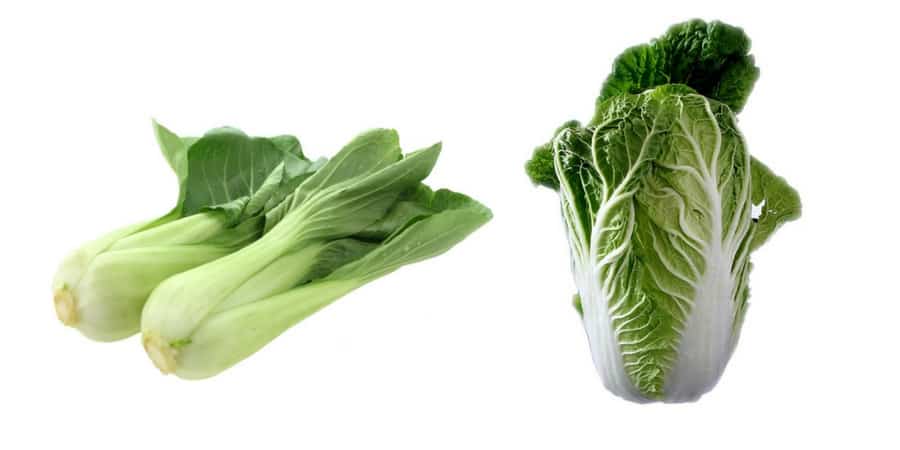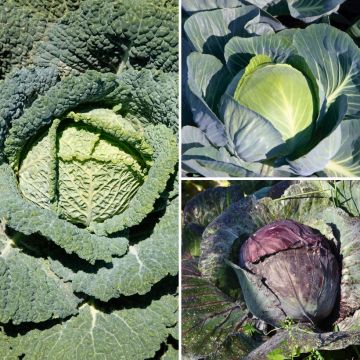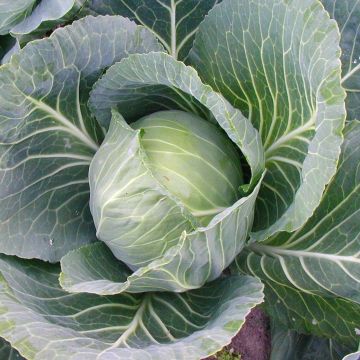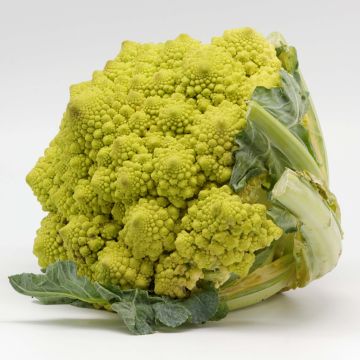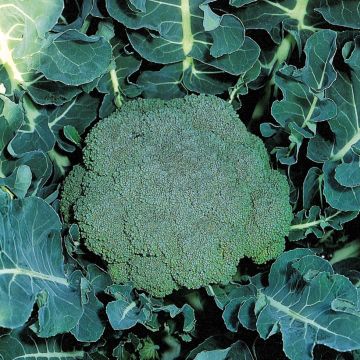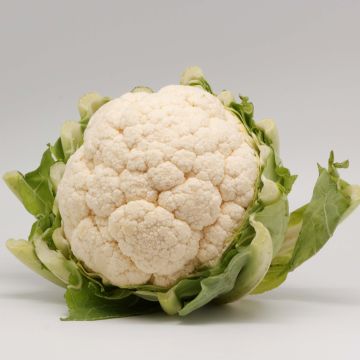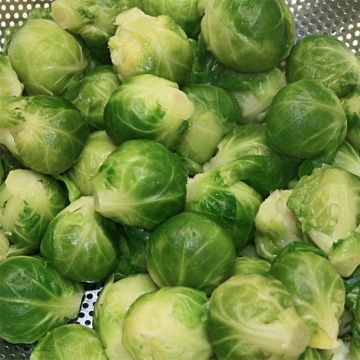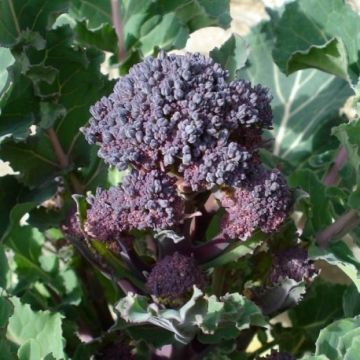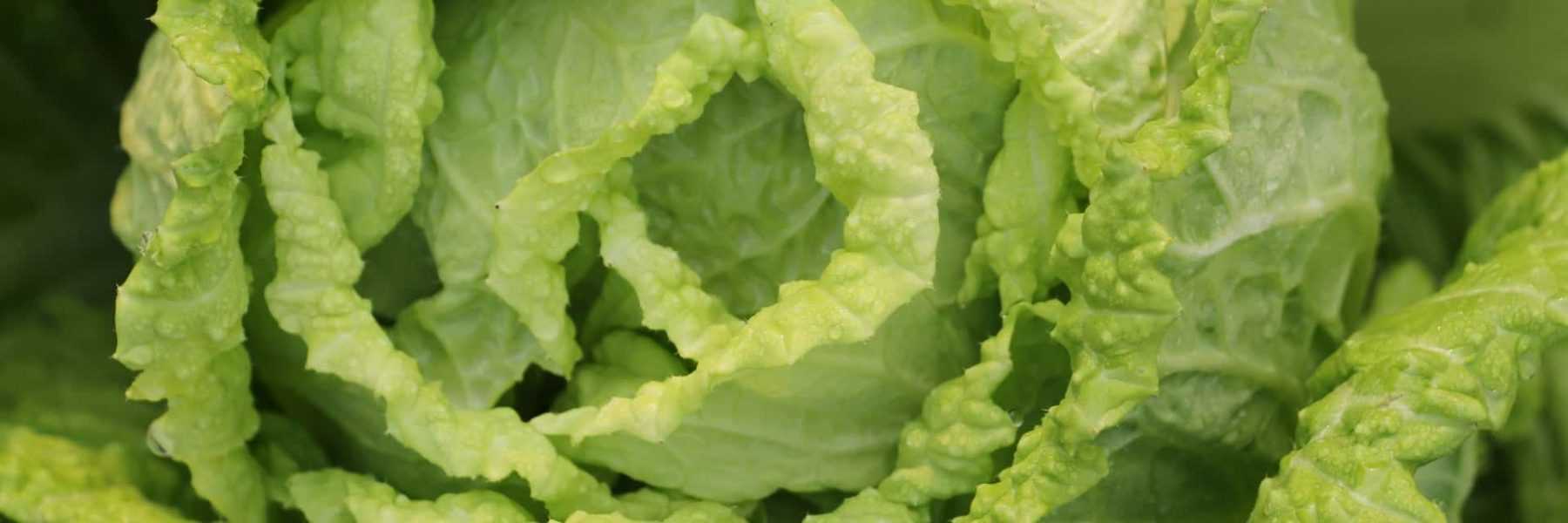
Growing Chinese Cabbage Successfully
Sowing, planting, care
Contents
Chinese cabbages are among the most popular Asian vegetables. While still uncommon on market stalls, they can now be found in many kitchen gardens.
How to grow Chinese cabbage? Discover our tips for sowing, planting and caring for it.
Location and soil
Growing Chinese cabbages (Pe Tsaï and Pak Choï) isn’t complicated, but it’s slightly more delicate than growing traditional cabbages.
Indeed, these Asian cabbages require more warmth while sharing the same needs as most cabbages: a deep, very rich soil and consistent moisture.
They should be planted in full sun, ideally in a spot sheltered from cold winds.
Sowing and planting
Chinese cabbages can be grown from seedlings you’ve prepared yourself, purchased, or sown directly in the ground.
- Sowing:
Sowing in seed trays or pots takes place from April to May, indoors or in a heated greenhouse. Direct sowing occurs from mid-June to August.
Each cabbage variety has an ideal sowing period: this information is indicated on the seed packet, so it’s important to refer to it!
- Planting:
Once well-developed, the cabbage seedlings are transplanted to their final position in the vegetable garden.
They are planted from June onwards, in warm, well-prepared soil: weeded, loosened, and then raked to achieve fine soil. When transplanting into the ground, the seedlings are buried up to the first true leaves: new roots will form along the buried stem, ensuring better anchorage.
Planting distances depend on the growth habit of each variety. Generally, allow about 40 cm in all directions.
Discover other Cabbage plants
View all →Available in 1 sizes
Available in 1 sizes
Available in 1 sizes
Available in 1 sizes
Available in 3 sizes
Available in 1 sizes
Available in 2 sizes
Available in 1 sizes
Available in 2 sizes
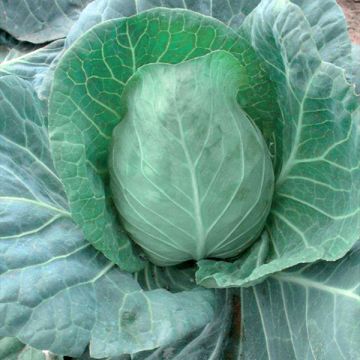
Available in 1 sizes
Watering
Chinese cabbages tend to bolt prematurely.
To prevent this phenomenon, it is recommended to:
- water regularly, as drought stress triggers bolting,
- opt for direct sowing in regions with hot, dry summers.
You can further reduce the risk of bolting by mulching the soil, for example with thin, successive layers of dried grass clippings. This protective layer prevents the soil from drying out too quickly and eliminates the need for weeding and hoeing, which are necessary on bare soil.
Pests and potential diseases
Cabbages are quite susceptible to diseases and pests. During cultivation, you may encounter:
- the cabbage root fly whose larvae devour the roots,
- the cabbage white butterfly, whose caterpillars ravage the foliage,
- flea beetles which perforate the leaves of brassicas in general.
Various control methods exist against these pests (cardboard collars against the fly, spraying with Bacillus thuringiensis, manual collection of caterpillars…), but to keep them at bay, the best prevention is to securely place an insect net.
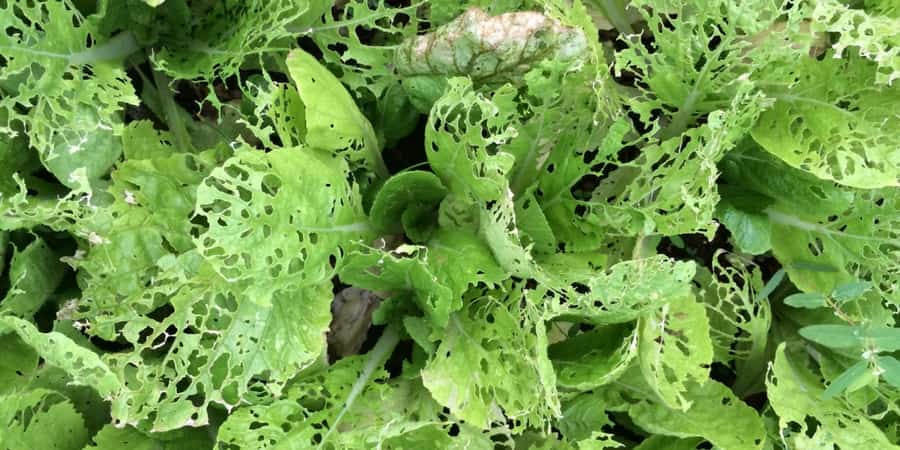
Damage caused by the cabbage white butterfly on unprotected plants
Regarding diseases, clubroot is the most virulent. It manifests as wilting foliage accompanied by swellings on the stem base and roots. Chinese cabbages can also be affected by fungal diseases (alternaria leaf spot, downy mildew). The best prevention is to respect crop rotation in the vegetable garden by not growing cabbages in the same spot for at least 5 years and to properly adhere to planting distances.
Harvest
These cabbages grow quickly and can be harvested from late summer through to late autumn, with the added advantage of tolerating light frosts. Simply harvest by cutting off the head with a knife.
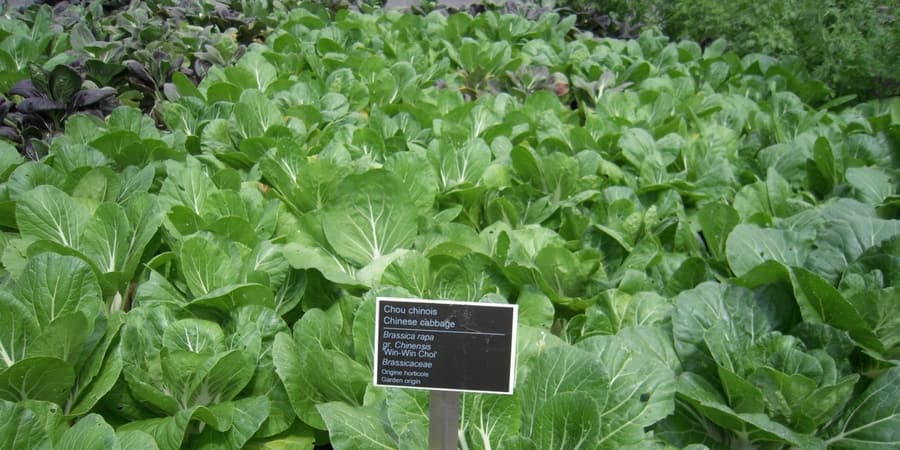
Growing Win-Win Chinese cabbage, a compact variety of Pak Choi
To go further
Discover everything you need to know about cabbage in our comprehensive guide!
- Subscribe!
- Contents


































